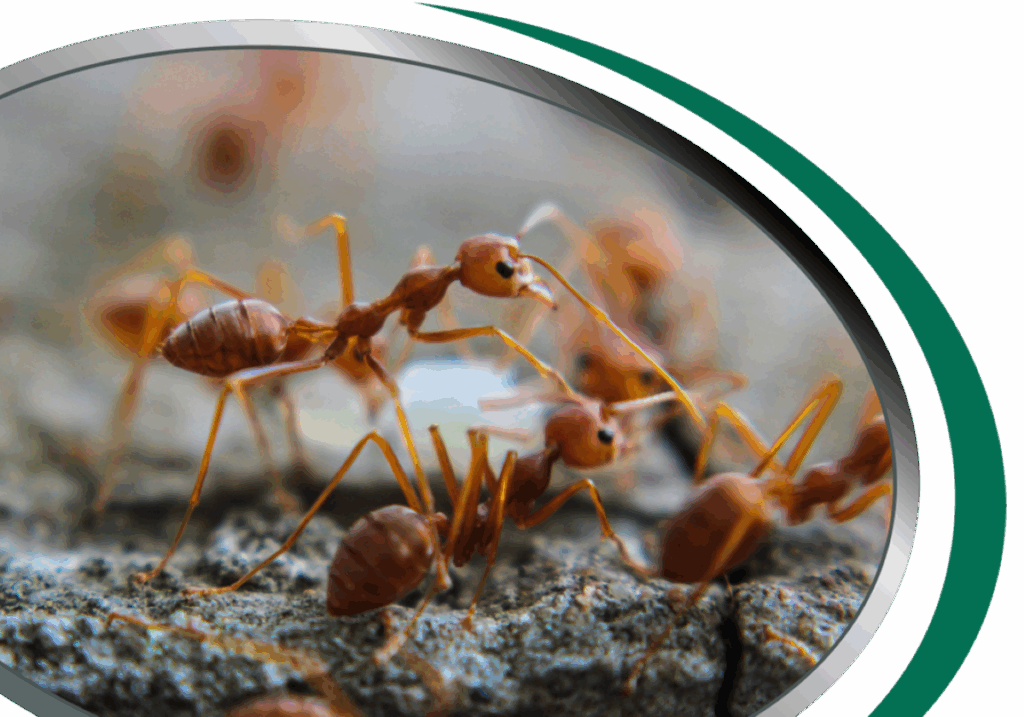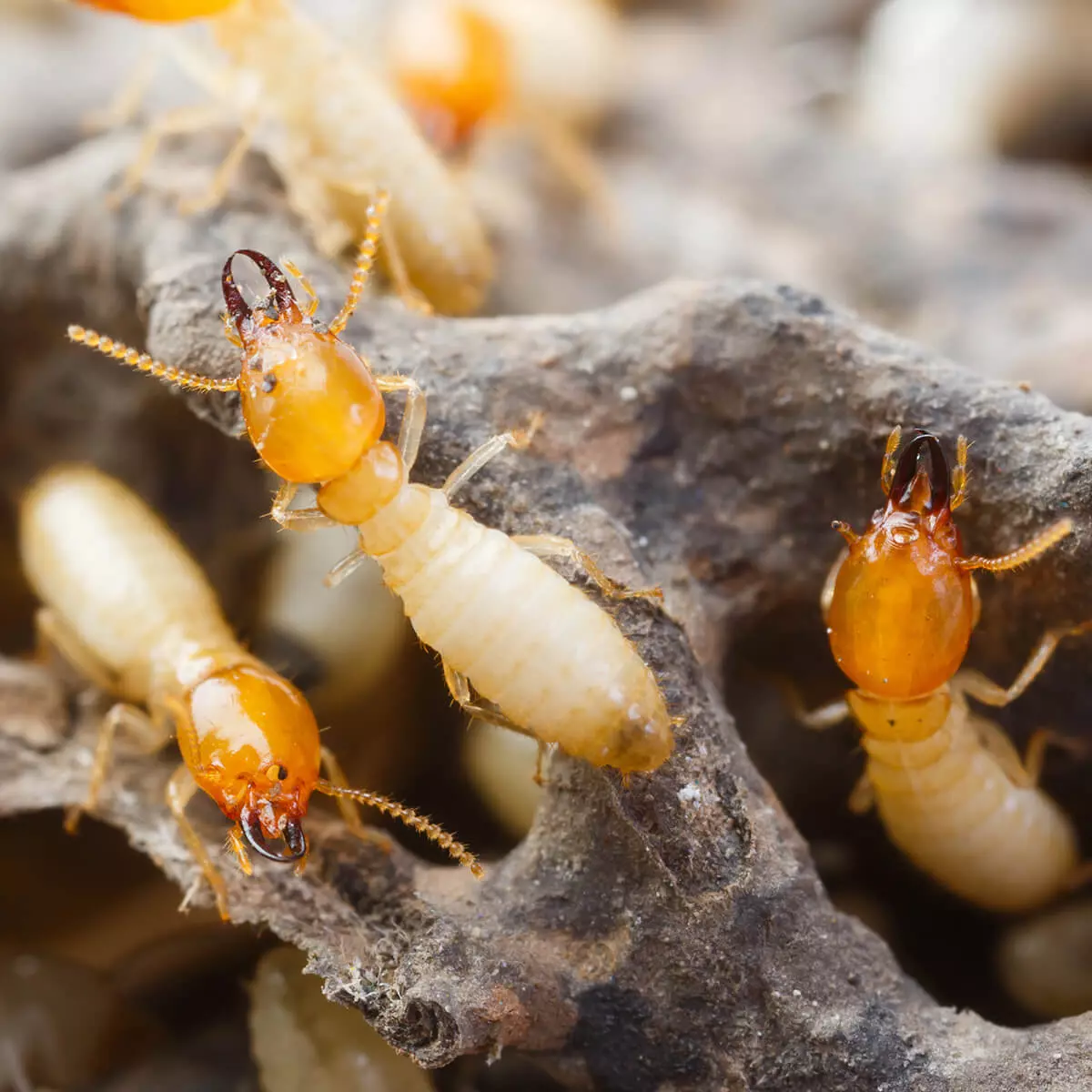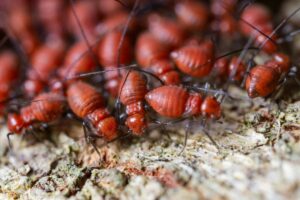Termites are often referred to as the ‘silent destroyers’ due to their ability to chew through wood, flooring and even wallpaper undetected. For residents of Sydney, where the climate is particularly conducive to termite infestations, understanding termite removal is crucial. This comprehensive guide will delve into the types of termites, signs of infestation, prevention methods, and effective removal strategies tailored for Sydney’s unique environment.
Understanding Termites
Types of Termites in Sydney
In Sydney, the most common types of termites include the Eastern Subterranean Termite, the Drywood Termite, and the Formosan Termite. Each species has distinct behaviours and preferences that influence their nesting and feeding habits.
The Eastern Subterranean Termite is particularly notorious for its destructive potential, often nesting in the soil and travelling through mud tubes to access wood. Drywood Termites, on the other hand, do not require contact with the soil and can infest wooden structures directly. Formosan Termites are known for their aggressive nature and large colonies, making them a significant concern for homeowners.
The Life Cycle of Termites
Understanding the life cycle of termites can aid in recognising the severity of an infestation. Termites undergo a complete metamorphosis, transitioning from egg to nymph and finally to adult. The entire process can take several months to years, depending on environmental conditions.
During their life cycle, termites can reproduce rapidly, with a single queen capable of laying thousands of eggs each day. This exponential growth can lead to extensive damage in a relatively short period, underscoring the importance of early detection and intervention.
Signs of Termite Infestation
Identifying Infestation Early
Early detection of termites is vital for minimising damage. Homeowners should be vigilant for signs such as mud tubes, discarded wings, and hollow-sounding wood. Mud tubes are typically found on exterior walls, foundations, and inside crawl spaces, serving as pathways for termites to travel between their nests and food sources.
Another telltale sign is the presence of discarded wings, which are often found near windowsills or light fixtures, indicating that swarmers have left the colony to establish new nests. Additionally, tapping on wooden structures can reveal hollow sounds, suggesting that termites have been feeding inside.
Visual Indicators of Damage
Physical damage caused by termites can manifest in various ways, including sagging floors, buckling walls, and visible wood damage. Homeowners should inspect areas where wood meets soil, such as decks and porches, as these are prime locations for infestations.
Furthermore, peeling paint or wallpaper may indicate moisture problems, which can attract termites. Regular inspections of these areas can help catch infestations before they escalate into significant structural issues.
Preventing Termite Infestations
Effective Prevention Strategies
Sydney termite control infestations requires a proactive approach. Homeowners should ensure that there is no direct contact between soil and wooden structures. This can be achieved by using concrete or metal barriers and ensuring that wooden elements are treated with preservatives.
Additionally, maintaining proper drainage around the home can help reduce moisture levels, making the environment less hospitable to termites. Regularly clearing away debris, such as wood piles and leaf litter, can also deter these pests from establishing a presence near the home.
Regular Inspections
Engaging a professional pest control service for regular inspections is one of the most effective ways to prevent termite infestations. These experts can identify potential risk factors and provide tailored advice on maintaining a termite-free environment.
Homeowners should consider scheduling inspections at least once a year, particularly in areas known for high termite activity. Early detection through professional inspections can save homeowners significant costs associated with repairs and treatments.
See Also : Why Termite Control in Sydney Is Essential for Property Owners
Termite Removal Methods
Professional Termite Treatments
When it comes to termite removal, professional treatments are often the most effective option. Pest control companies in Sydney offer a range of services, including liquid treatments and baiting systems. Liquid treatments involve applying a chemical barrier around the foundation of the home to deter termites from entering.
Baiting systems, on the other hand, use bait stations placed strategically around the property to attract and eliminate termites. These systems can be particularly effective as they target the entire colony, including the queen, leading to long-term control.
DIY Removal Techniques
While professional services are recommended for severe infestations, some DIY methods can be employed for minor issues. Homeowners can use borate-based treatments, which are effective in repelling termites and can be applied to wooden structures as a preventative measure.
Another DIY approach involves using nematodes, which are microscopic worms that feed on termites. Introducing these beneficial organisms into the soil can help control termite populations naturally. However, it is essential to note that these methods may not provide a comprehensive solution for larger infestations.

Post-Removal Considerations
Repairing Damage
After termite removal, it is crucial to assess and repair any damage caused by the infestation. This may involve replacing damaged wood, reinforcing structural elements, and addressing any moisture issues that may have contributed to the infestation.
Homeowners should consult with a qualified contractor to ensure that repairs are carried out effectively, restoring the integrity of the home and preventing future infestations.
Ongoing Monitoring and Maintenance
Once the infestation has been dealt with, ongoing monitoring is essential to ensure that termites do not return. Homeowners should remain vigilant for any signs of re-infestation and maintain regular inspections with pest control professionals.
Implementing a maintenance plan that includes regular treatments and inspections can provide peace of mind and protect the home from future termite damage.
Conclusion
Termite removal is a critical concern for Sydney residents, given the region’s susceptibility to infestations. By understanding the types of termites, recognising the signs of infestation, and implementing effective prevention and removal strategies, homeowners can safeguard their properties against these destructive pests.
Whether opting for professional treatments or employing DIY methods, the key to successful termite management lies in early detection and proactive measures. With the right approach, Sydney residents can protect their homes and ensure a termite-free environment for years to come.


